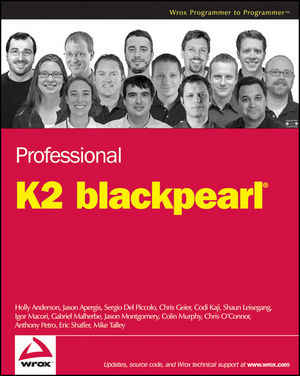Architecture, Performance, and Games Game Programming Patterns Introduction. Before we plunge headfirst into a pile of patterns, I thought it might help to give you some context about how I think about software architecture and how it applies to games. It may help you understand the rest of this book better.
Praise for the Second Edition: 'This is quite a well-done book: very tightly organized, better-than-average exposition, and numerous examples, illustrations, and applications.' —Mathematical Reviews of the American Mathematical Society An Introduction to Linear Programming and Game Theory, Third Edition presents a rigorous, yet accessible, introduction to the theoretical concepts and computational techniques of linear programming and game theory. Now with more extensive modeling exercises and detailed integer programming examples, this book uniquely illustrates how mathematics can be used in real-world applications in the social, life, and managerial sciences, providing readers with the opportunity to develop and apply their analytical abilities when solving realistic problems. This Third Edition addresses various new topics and improvements in the field of mathematical programming, and it also presents two software programs, LP Assistant and the Solver add-in for Microsoft Office Excel, for solving linear programming problems. LP Assistant, developed by coauthor Gerard Keough, allows readers to perform the basic steps of the algorithms provided in the book and is freely available via the book's related Web site. The use of the sensitivity analysis report and integer programming algorithm from the Solver add-in for Microsoft Office Excel is introduced so readers can solve the book's linear and integer programming problems. A detailed appendix contains instructions for the use of both applications.

Additional features of the Third Edition include: • A discussion of sensitivity analysis for the two-variable problem, along with new examples demonstrating integer programming, non-linear programming, and make vs. Buy models • Revised proofs and a discussion on the relevance and solution of the dual problem • A section on developing an example in Data Envelopment Analysis • An outline of the proof of John Nash's theorem on the existence of equilibrium strategy pairs for non-cooperative, non-zero-sum games Providing a complete mathematical development of all presented concepts and examples, Introduction to Linear Programming and Game Theory, Third Edition is an ideal text for linear programming and mathematical modeling courses at the upper-undergraduate and graduate levels. It also serves as a valuable reference for professionals who use game theory in business, economics, and management science. THIE, PhD, is Professor Emeritus in the Department of Mathematics at Boston College.
Thie has authored numerous journal articles in the areas of mathematical programming and several complex variables. KEOUGH, PhD, is Associate Professor and former chair of the Department of Mathematics at Boston College. He has written extensively on operator theory, functional analysis, and the use of technology in mathematics. Keough is the coauthor of Getting Started with Maple, Second Edition and Getting Started with Mathematica, Second Edition, both published by Wiley. Super game vcd 300 nes download.
← ≡ § → Architecture, Performance, and Games Before we plunge headfirst into a pile of patterns, I thought it might help to give you some context about how I think about software architecture and how it applies to games. God of war 3 full game download. It may help you understand the rest of this book better. If nothing else, when you get dragged into an argument about how terrible (or awesome) design patterns and software architecture are, it will give you some ammo to use.

Note that I didn’t presume which side you’re taking in that fight. Like any arms dealer, I have wares for sale to all combatants. If you read this book cover to cover, you won’t come away knowing the linear algebra behind 3D graphics or the calculus behind game physics. It won’t show you how to alpha-beta prune your AI’s search tree or simulate a room’s reverberation in your audio playback. Wow, this paragraph would make a terrible ad for the book. Instead, this book is about the code between all of that.